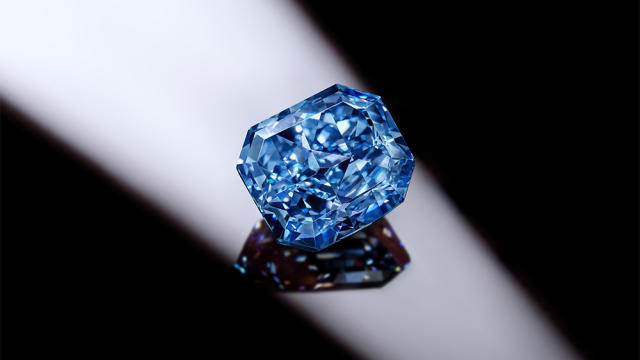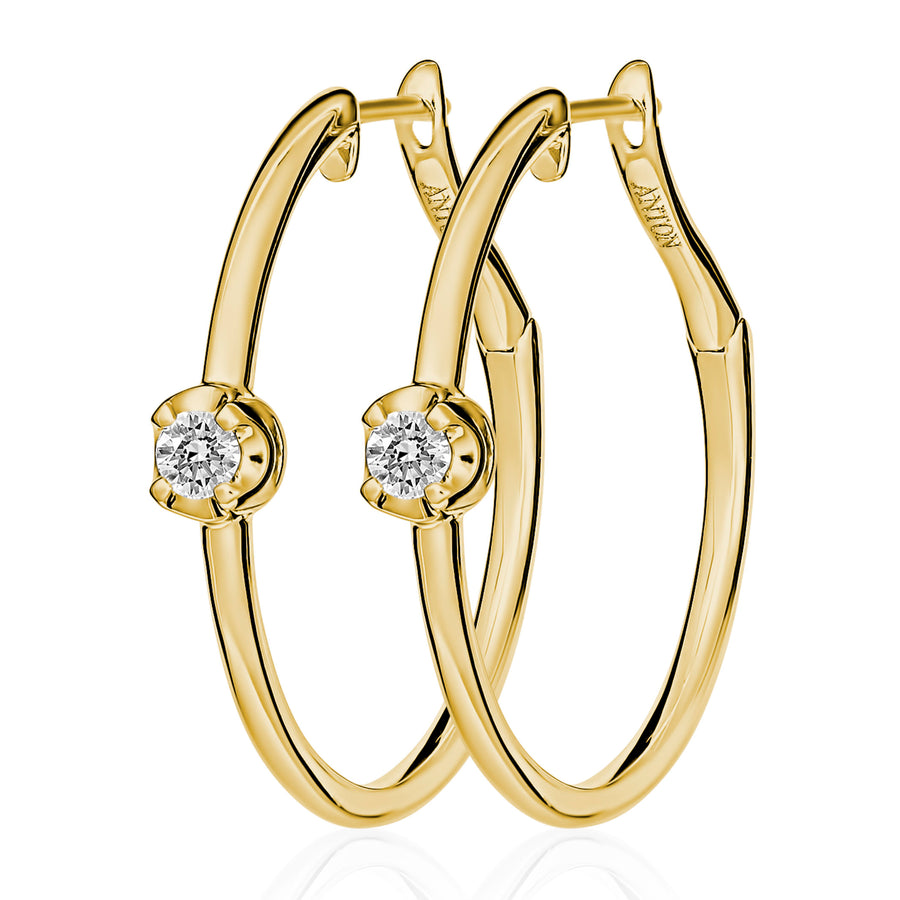Introduction
When it comes to buying diamonds, understanding the grading system is crucial for making an informed decision. Two of the most recognized organizations in this field are the International Gemological Institute (IGI) and the Gemological Institute of America (GIA). Each has its own approach to grading diamonds, and knowing the differences can help you choose the best certification for your needs. Let’s dive into what sets IGI and GIA apart and what that means for you.
What is IGI?
History of IGI
Founded in 1975, IGI is a global gemological institute that focuses on diamond and gemstone grading. It started with the aim of setting standards in the diamond industry and quickly grew to be one of the leading gemological laboratories in the world. With a presence in over 20 countries, igi vs gia has established itself as a significant player in the market.
What IGI Stands For
IGI stands for International Gemological Institute. Their goal is to provide reliable and consistent grading of diamonds and gemstones. They use a comprehensive grading scale that assesses a diamond’s quality based on the Four Cs: Cut, Color, Clarity, and Carat Weight.
IGI’s Grading Scale
IGI’s grading scale is similar to other major grading systems, but with its own nuances. For example, IGI evaluates the diamond’s cut, color, clarity, and carat weight in a detailed manner. However, their standards for what constitutes various grades may differ slightly from those of other institutes.
What is GIA?
History of GIA
Established in 1931, the Gemological Institute of America (GIA) is a pioneer in the field of gemology. It is renowned for its research and development in diamond grading and has set many industry standards. GIA is highly respected for its stringent grading practices and its role in educating the public and professionals about diamonds.
What GIA Stands For
GIA stands for Gemological Institute of America. It is a nonprofit organization dedicated to the study of gems and gemstones. GIA is known for its rigorous and objective grading standards, which have become a benchmark in the diamond industry.
GIA’s Grading Scale
GIA’s grading scale is widely recognized and used as a standard in the diamond market. Their scale covers the Four Cs—Cut, Color, Clarity, and Carat Weight—and is known for its precision and consistency. GIA’s detailed grading reports provide an in-depth analysis of a diamond’s attributes.
Key Differences Between IGI and GIA
Grading Criteria
While both IGI and GIA use the Four Cs to grade diamonds, there are differences in their criteria. GIA is often seen as more stringent in its grading process. For example, GIA’s standards for clarity and color might be more conservative, resulting in diamonds graded slightly lower than those graded by IGI.
Accuracy and Precision
GIA is renowned for its accuracy and precision. Its grading process is considered the gold standard in the industry, with a strong emphasis on consistent and rigorous evaluations. IGI, while still reliable, may not always align perfectly with GIA’s standards, which can lead to differences in grading results.
Market Perception
GIA has a stronger market presence and is often preferred by consumers and jewelers alike. Its reputation for reliability and accuracy gives GIA-graded diamonds a perceived higher value. IGI, on the other hand, may be viewed as less prestigious, though it is still respected in the industry.
Certification Process
GIA’s certification process is known for its thoroughness. Each diamond undergoes a comprehensive evaluation by experienced gemologists. IGI also has a rigorous process, but the level of detail and the emphasis on certain grading factors can vary.
Comparisons in Diamond Value
Resale Value
Diamonds graded by GIA often command higher resale values due to the institute’s strong reputation. Buyers and sellers view GIA certificates as a mark of quality and trust, which can enhance a diamond’s marketability. IGI-graded diamonds might not always achieve the same resale value but are still considered valuable.
Impact on Consumer Confidence
GIA’s long-standing reputation boosts consumer confidence. Knowing that a diamond has been graded by GIA provides reassurance of its quality. IGI also provides detailed grading reports, but the lesser-known status may not always instill the same level of confidence.
Choosing the Right Certification for You
Factors to Consider
When choosing between IGI and GIA, consider what matters most to you. If you prioritize industry-recognized standards and higher resale value, GIA might be the better choice. If you’re looking for a balance of quality and cost, IGI could be a suitable option.
Personal Preferences
Your personal preferences play a significant role. Some buyers might value GIA’s reputation and be willing to pay a premium for it, while others might find IGI’s certificates sufficient for their needs. Evaluate your priorities and choose accordingly.
Budget Considerations
Budget is a crucial factor. GIA-graded diamonds might be priced higher due to the institute’s prestige, while IGI-graded diamonds could offer a more budget-friendly option without compromising on quality.
Lab diamonds have revolutionized the jewelry world by offering a sustainable and ethical alternative to mined diamonds. These diamonds are created in controlled laboratory environments using advanced technological processes that mimic the natural diamond formation, but in a fraction of the time.
Case Studies
Real-World Examples
Consider real-world scenarios where buyers chose diamonds based on certification. For instance, a buyer might have chosen a GIA-graded diamond for its higher resale value, while another opted for an IGI-graded stone for a more budget-friendly purchase.
Consumer Testimonials
Consumer testimonials can offer insights into the real-world impact of choosing IGI or GIA. Many buyers appreciate the detailed reports provided by both institutes, but some may prefer GIA’s reputation for ensuring top-notch quality.
Conclusion
In the debate of IGI vs. GIA, both organizations offer valuable grading services, but they cater to slightly different needs and preferences. GIA is often seen as the gold standard, offering rigorous grading and higher market recognition, while IGI provides reliable grading at potentially lower costs. Ultimately, the choice between IGI and GIA will depend on your specific needs, budget, and preferences. By understanding the differences between these two grading systems, you can make a more informed decision and feel confident in your diamond purchase.

)












